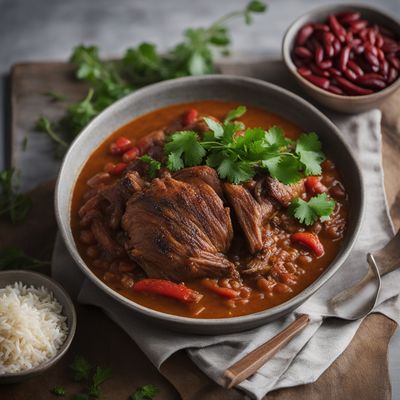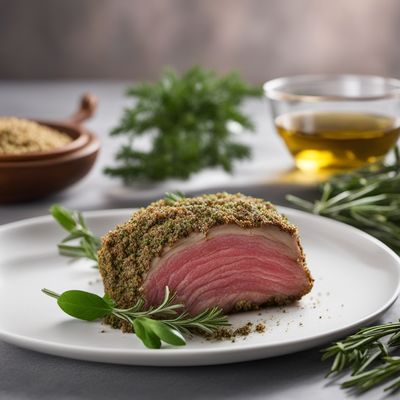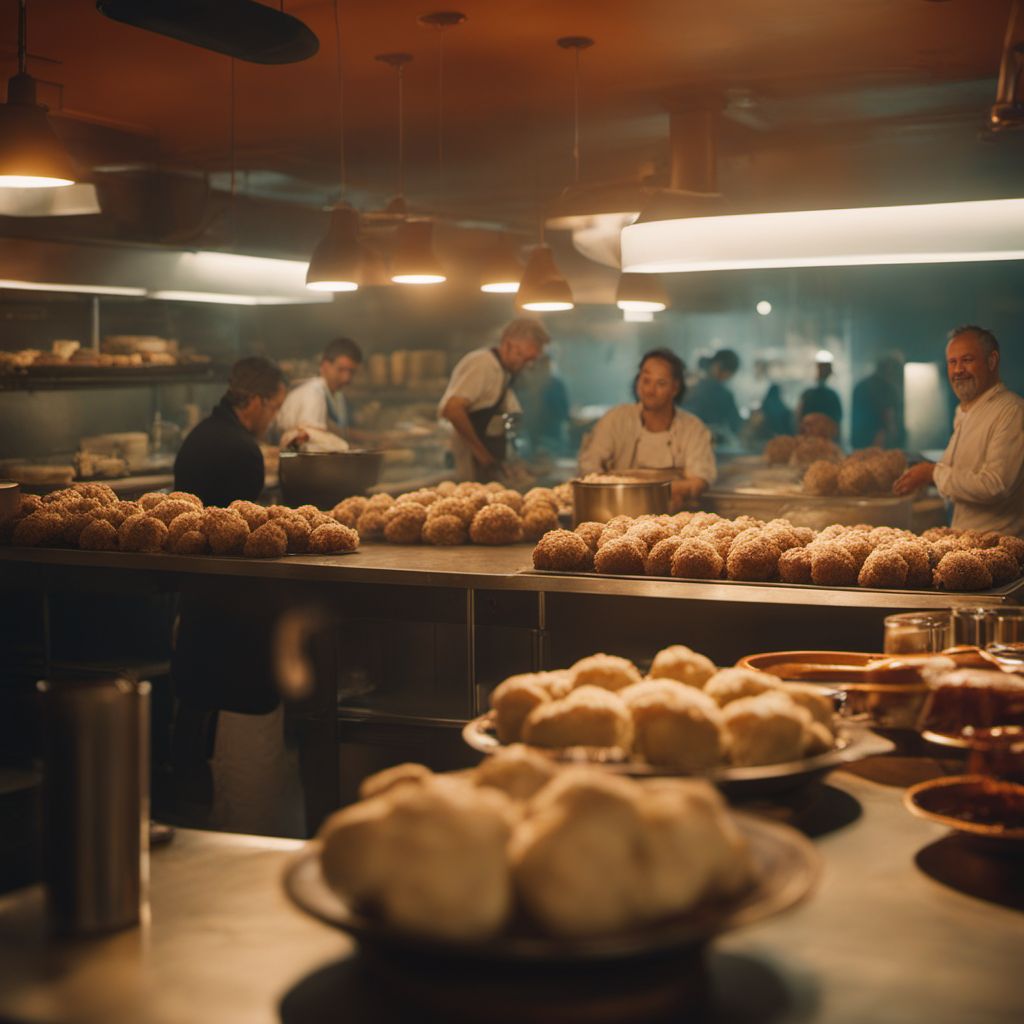
Dish
Pecora al cotturo
Baked sheep
Pecora al cotturo is made by first digging a pit in the ground and lining it with stones. A leg of lamb is then placed in the pit, along with potatoes, onions, and other vegetables. The pit is then covered with dirt and left to cook for several hours. The lamb and vegetables are then removed from the pit and served. The dish is typically seasoned with garlic, rosemary, and other herbs, giving it a rich and savory flavor.
Origins and history
Pecora al cotturo has its roots in the southern Italian region of Calabria. The dish is believed to have originated in the 16th century and was a favorite of shepherds and farmers. Today, it is a popular dish throughout Italy and is often served at family gatherings and celebrations.
Dietary considerations
Dairy-free
Variations
Pecora al cotturo can be made with different cuts of lamb, such as lamb chops or lamb shanks. Some variations also include the addition of other vegetables, such as bell peppers or zucchini, to the pit.
Presentation and garnishing
Pecora al cotturo is typically served on a large platter, with the lamb and vegetables arranged in a circular pattern. The dish can be garnished with fresh herbs, such as parsley or thyme, and a sprinkle of sea salt.
Tips & Tricks
To ensure that the lamb is cooked evenly, be sure to place it in the center of the pit and surround it with the vegetables. Also, be sure to let the lamb rest for a few minutes before serving to allow the juices to redistribute.
Side-dishes
Roasted potatoes, roasted vegetables
Drink pairings
Red wine, such as Nero d'Avola or Primitivo
Delicious Pecora al cotturo recipes
More dishes from this category... Browse all »

Abbacchio alla Romana
Italian cuisine

Abbacchio brodettato
Italian cuisine

Adana kebap
Turkish cuisine

Agnello al rafano
Italian cuisine

Agnello cacio e ova
Italian cuisine
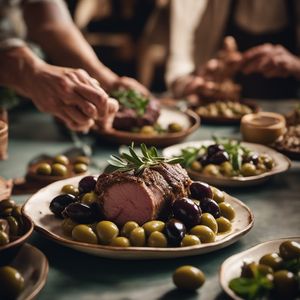
Agnello con le olive
Italian cuisine

Agnello in salsa bianca
Italian cuisine

Alinazik Kebab
Turkish cuisine
More cuisines from this region... Browse all »
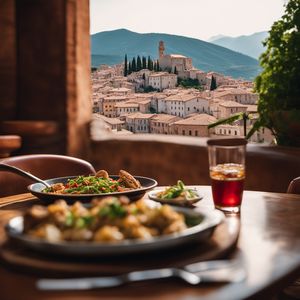
Abruzzese and Molisan cuisine
Savory, Earthy, Rustic, Hearty
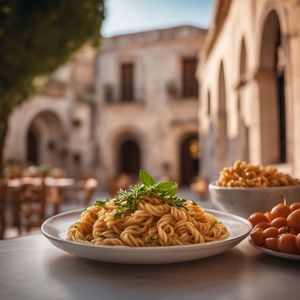
Apulian cuisine
Fresh, Savory, Rustic, Simple
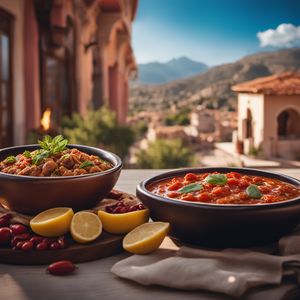
Arbëreshë cuisine
Savory, Tangy, Herbaceous, Spicy

Basilicatan (Lucanian) cuisine
Savory, Earthy, Rustic, Hearty
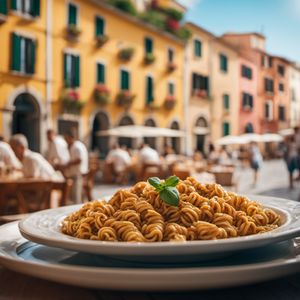
Ligurian cuisine
Light, Delicate, Herbaceous, Salty
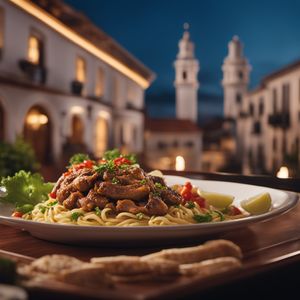
Lombard cuisine
Rich, Savory, Meaty, Cheesy
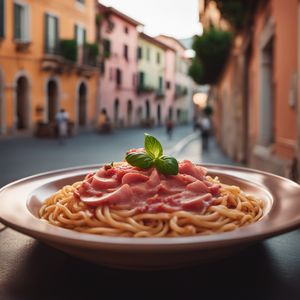
Neapolitan cuisine
Bold, Savory, Spicy, Tangy, Fresh
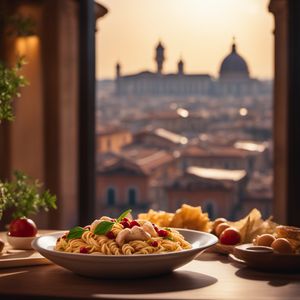
Roman cuisine
Fresh, Light, Herbaceous, Tangy, Savory
